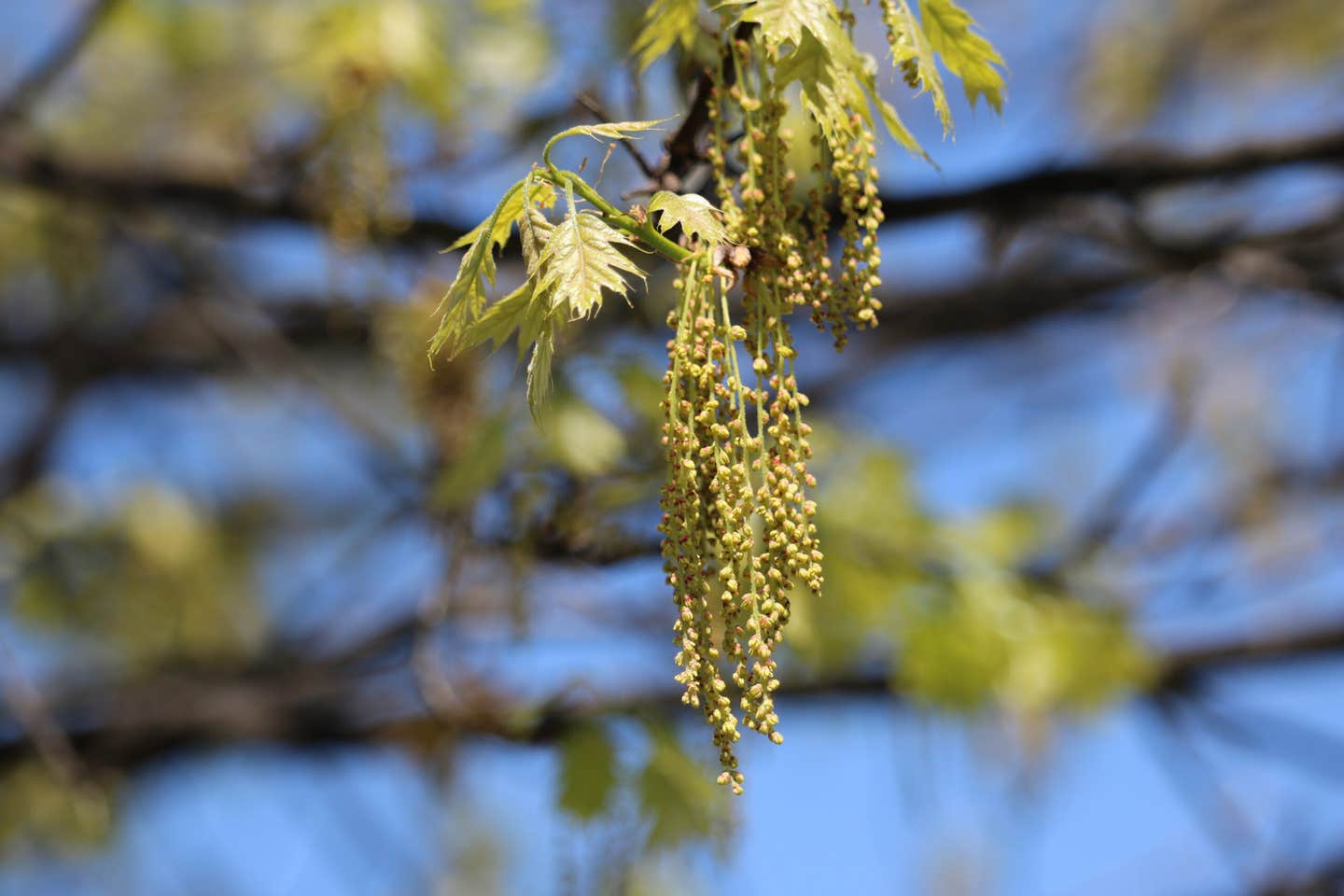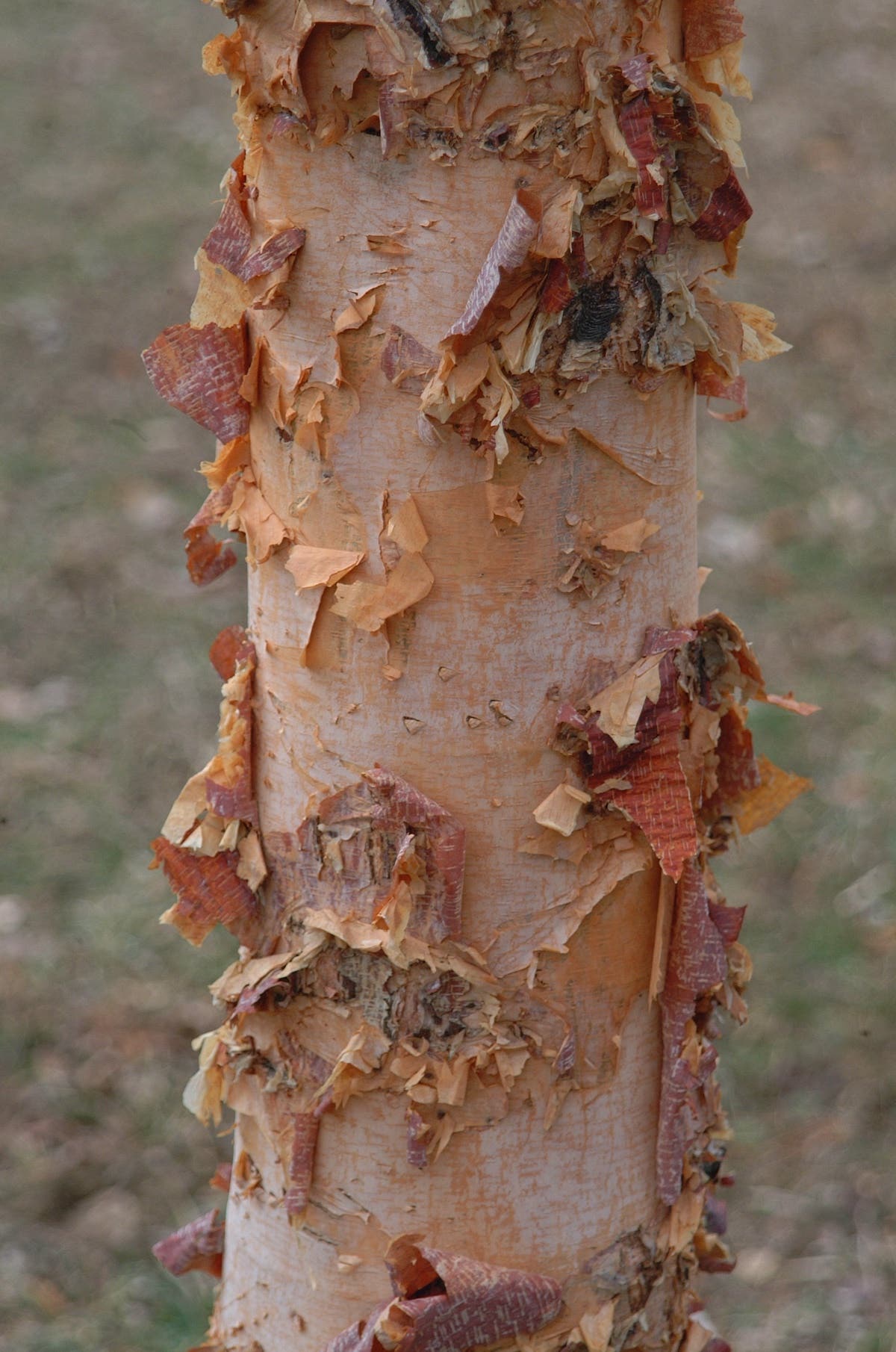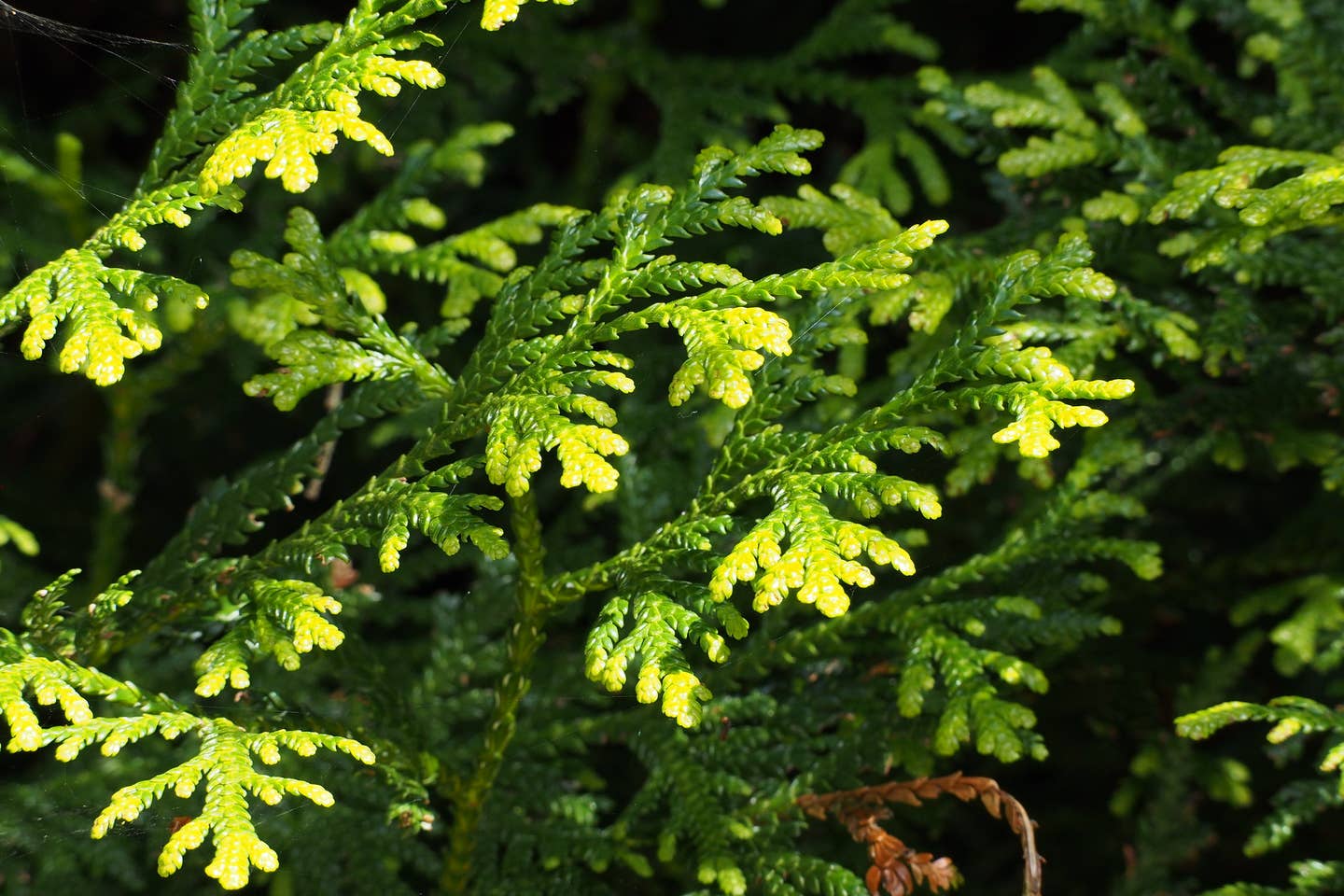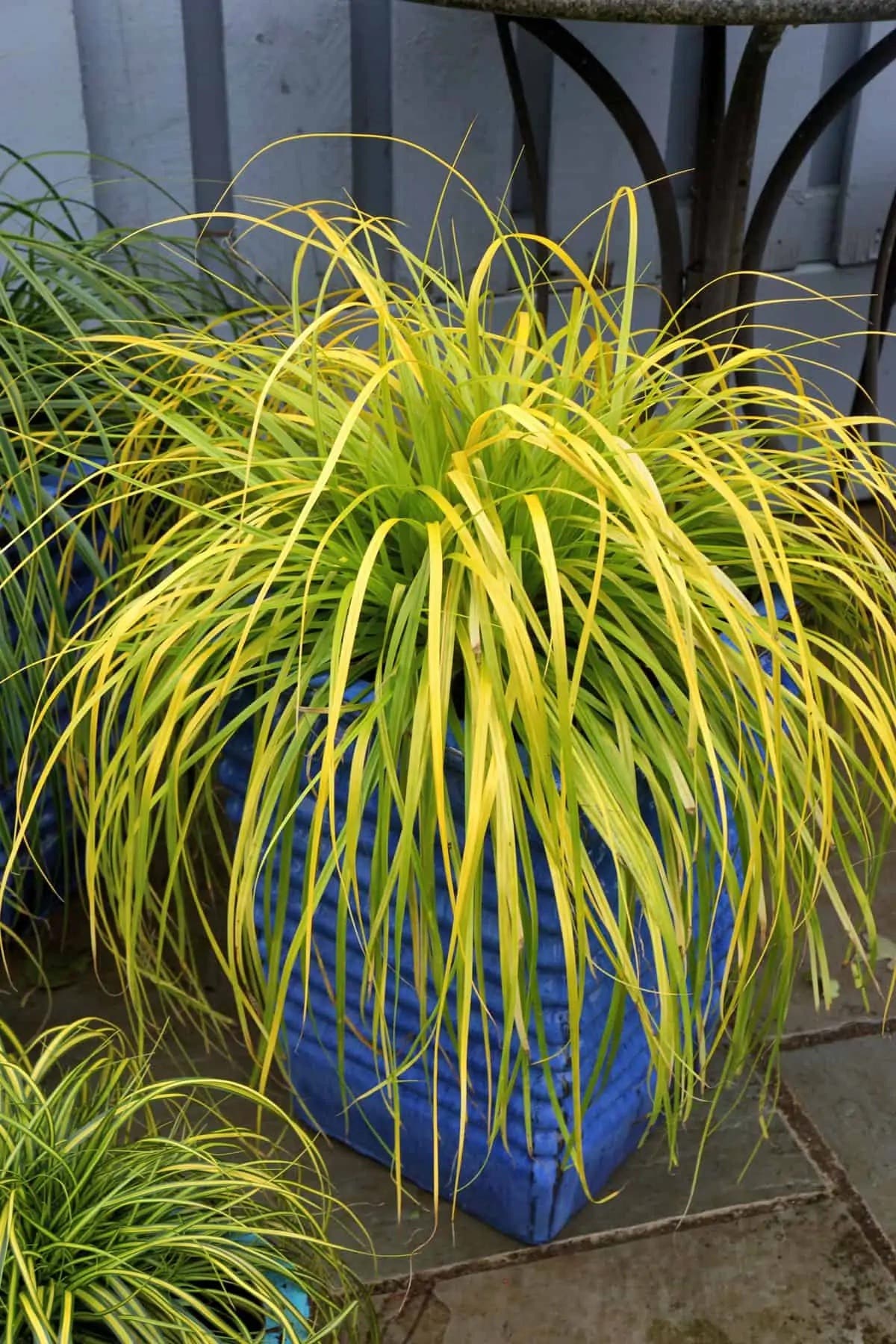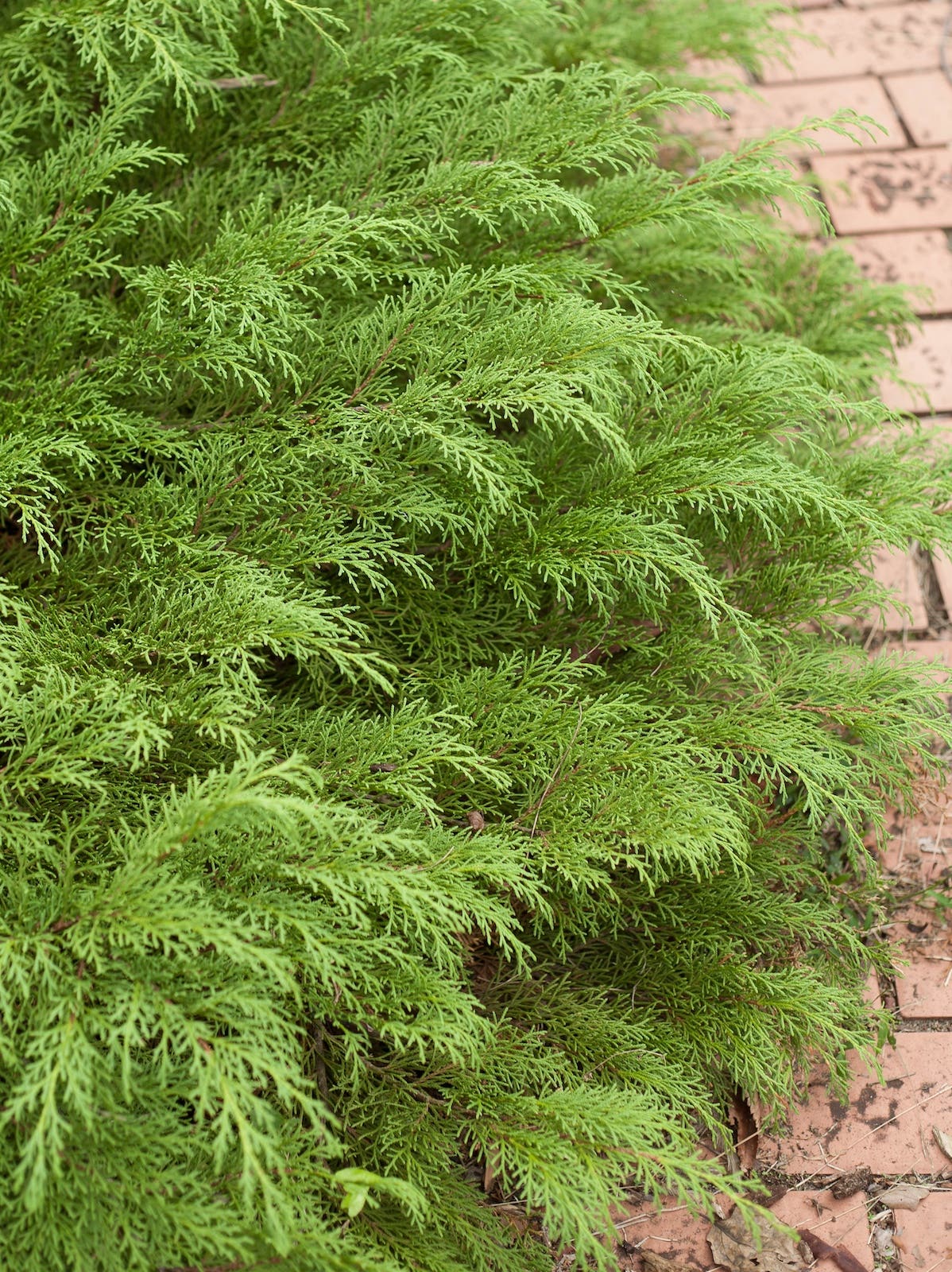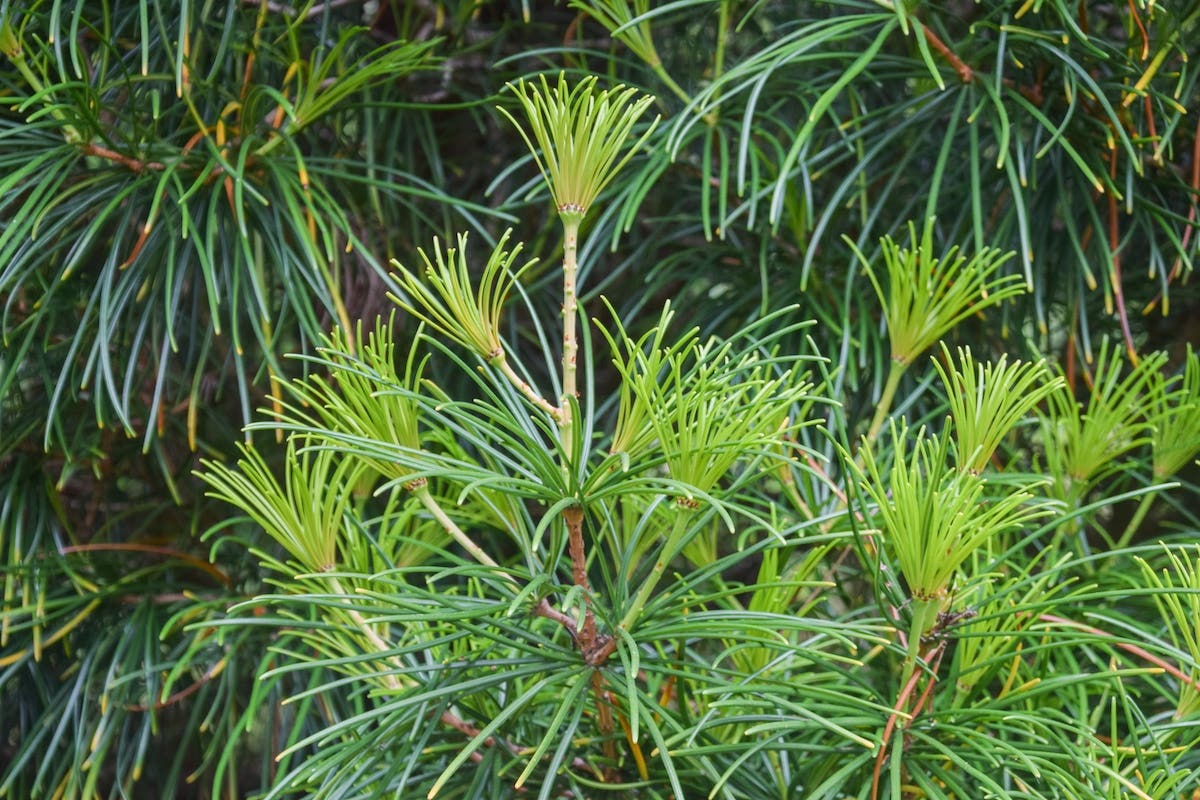Annual Poppies for the Spring Flower Garden
Annual poppies tolerate cool temperatures and bring lively color to the garden. Here are three kinds to grow.
Poppies are one of those flowers that are so finely put together, they don’t even seem real. The papery petals of their often-large yet always delicate flowers last only briefly. Although they resist being cut and brought indoors, poppies continually elicit enthusiastic reactions.
Part of annual poppies’ appeal is their range of color. They bloom in brilliant reds and oranges to the softest pastels, so you can always find a variety that suits your botanical palette. But the most wonderful aspect of poppies, be they annual or perennial, is their ease of care.
Three annual poppies to grow
Many of the poppies gardeners consider annuals are sometimes perennials in other locations, yet all of these reseed so it really doesn’t matter. Just be sure to plant them in an area where they can grow each season.
One example of a perennial treated like an annual is the Iceland poppy (Papaver nudicaule), which really originates in Asia, not Iceland. In warm climates, it is frequently grown in flowerbeds, often alongside pansies, during the winter, and then discarded when the temperature starts to climb. It can be a good early-spring flower in colder climates.
“They throw a profusion of flowers for four to seven weeks,” explained Scott Canning, the Horticulture and Special Projects Director at the Sante Fe Botanical Garden in New Mexico. “But they collapse in the heat and die a miserable death.”
This is not unusual for poppies we treat as annuals; most species blossoms last a mere day or two, opening in the warmth of the sun and fading quickly. This trait, as well as their tendency to thrive in disturbed soil, led John McCrae to immortalize the Shirley poppy (P. rhoeas) in his poem “In Flanders Fields,” where he described these scarlet flowers springing forth from the graves of the fallen soldiers. To this day in Europe and Canada, artificial poppies are placed in remembrance of this ultimate sacrifice.
Widespread in Europe (and often considered a weed), Shirley poppies found their way to the Americas intermixed with the grain seed brought over by early settlers. This common poppy grows 10 to 36 inches tall. While the original version boasts simple brilliant-red blooms, over the years varieties in pastels and white, bicolored and with double petals became garden favorites. These annual poppies are best planted amid plants that can hide their foliage once their blossoms fade.
Although not a member of the genus Papaver, the bright and cheerful California poppy (Eschscholzia californica) has become a familiar favorite across North America. The species puts on an impressive gold and orange display ideal for borders and expansive areas that require bold color. There are also paler yellow, white and even peach cultivars. California poppies do particularly well in dry conditions, and they do not tolerate wet soil. According to Canning, the key to growing these annual poppies is to plant them amid gravel mulch. Beyond being a beautiful garden flower, the single, cupped flowers on their one- to three-foot stalks are particularly beneficial to native bee species.
Depending on climate, “California poppies can be a perennial, but they also self sow,” says Canning. Thinning is crucial since they develop into skinny, yellow wisps of stalks if they grow too close together. “You have to be pretty savage (in thinning),” he says, but the result is worth the effort.
Iceland poppy image by Chic Bee/CC BY 2.0


